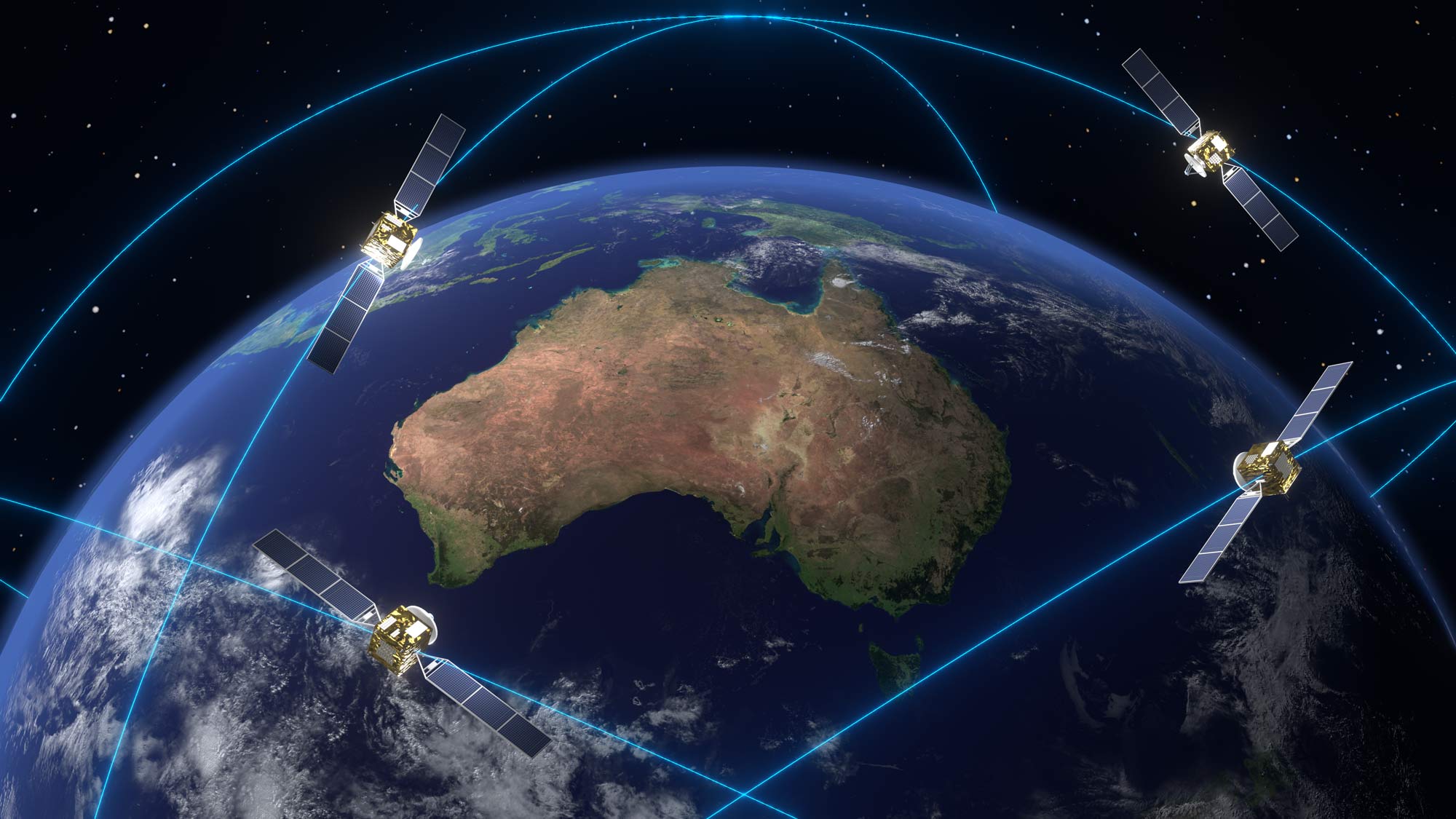News
Ginan brings greater enhancements to precise positioning with version 2 release
Published:13 September 2023
Ginan, a home-grown suite of open-source tools that is used to analyse GNSS data in real-time has been given a boost with enhancements to provide users with real-time processing of observations from all the GNSS constellations without differencing or combining the data.
“We are so proud of the impact that Ginan is making. By providing an open-source platform, Geoscience Australia is supporting GNSS education by allowing students and researchers to examine how the GNSS Analysis Centre Software algorithms work to solve complex problems, said Anna Riddell, Director, GNSS Analysis.
“Ginan is enabling researchers and commercial organisations to use the tools to solve research or commercial problems in precise positioning. For example, we saw Ginan being used as the processing engine in the research conducted on the Tonga volcano eruption, which created a plasma bubble that deteriorated precise positioning.
“The interoperable nature of the tools allows and encourages users to develop innovative position-dependent technology and services that enhance economic and social benefits to Australia. This enables the growth for equipment manufacturers, technology integrators, service providers, the science community and end users enabling them to realise the full benefits of GNSS.
“One of its key innovations is Ginan’s ability to process real-time data from different satellite systems while also estimating the sources of error that can degrade a position. This means it can quickly analyse signals from multiple satellite constellations, such as GPS, GLONASS, Galileo, and BeiDou, leading to faster and more accurate results,” said Anna Riddell, Director GNSS Analysis.
“Ginan uses the processing method called UnCombined/UnDifferenced (UDUC), which improves accuracy by estimating certain errors. It can determine precise satellite orbits and handle data more effectively, removing unnecessary noise and errors for better analysis outcomes.
“The software provides robust data filtering capabilities, which means it can identify and remove anomalies like signal interruptions or outliers. This ensures that the processed data is of high quality and reliable.
“Additionally, Ginan fully supports industry-standard messaging formats, allowing seamless integration with other systems and devices. It also incorporates data from satellite laser ranging, a technique that enhances orbit determination accuracy.
“The software has also undergone performance optimisations, resulting in faster analysis and improved operational stability. It delivers highly accurate positioning information, making it invaluable for applications such as navigation, surveying, and geodesy.
The Ginan software is available at the Ginan GitHub repository. If you are new to Ginan, you can start with the Frequently Asked Questions. There is a Ginan integration and installation guide to help you get started, in addition to the README. Ginan processing is controlled by parameter settings in yaml files. We offer a yaml configuration guide and there are ready built examplesto try out.
We are wanting to hear how you’re using Ginan and welcome any feedback you may have, please contact us at PositioningAustralia@ga.gov.au.
Further information about Ginan is available on the Geoscience Australia website at www.ga.gov.au/positioning.
